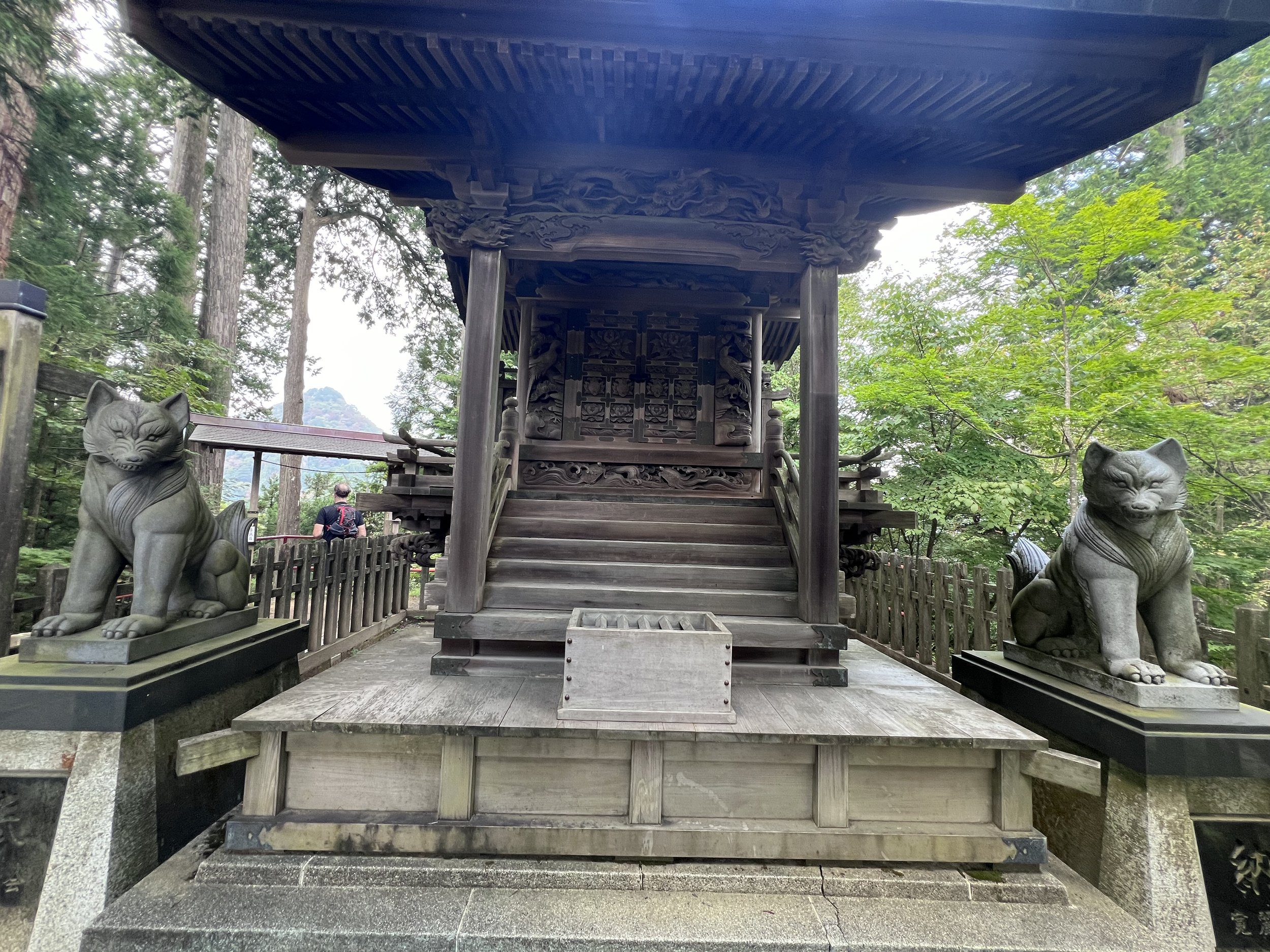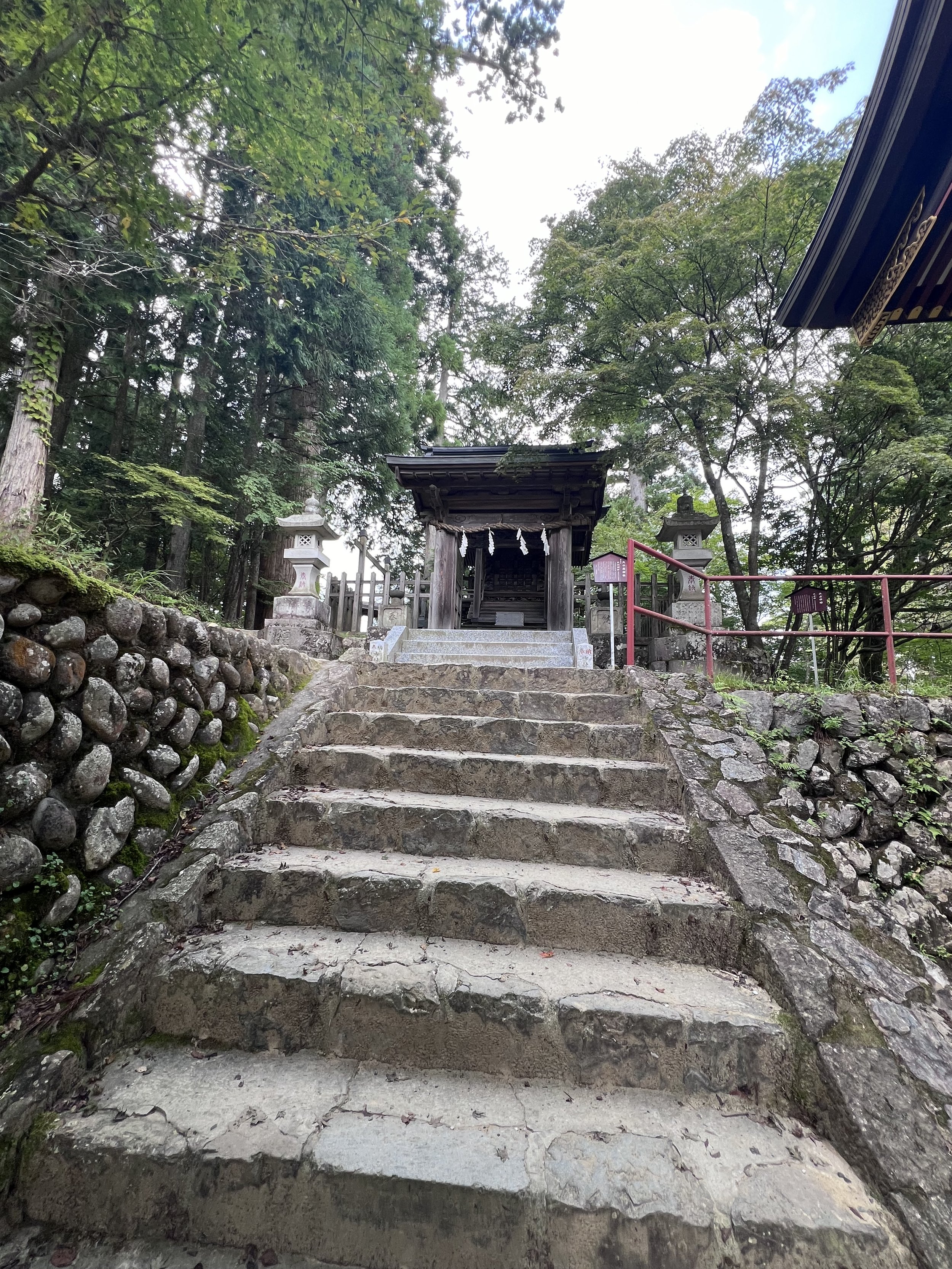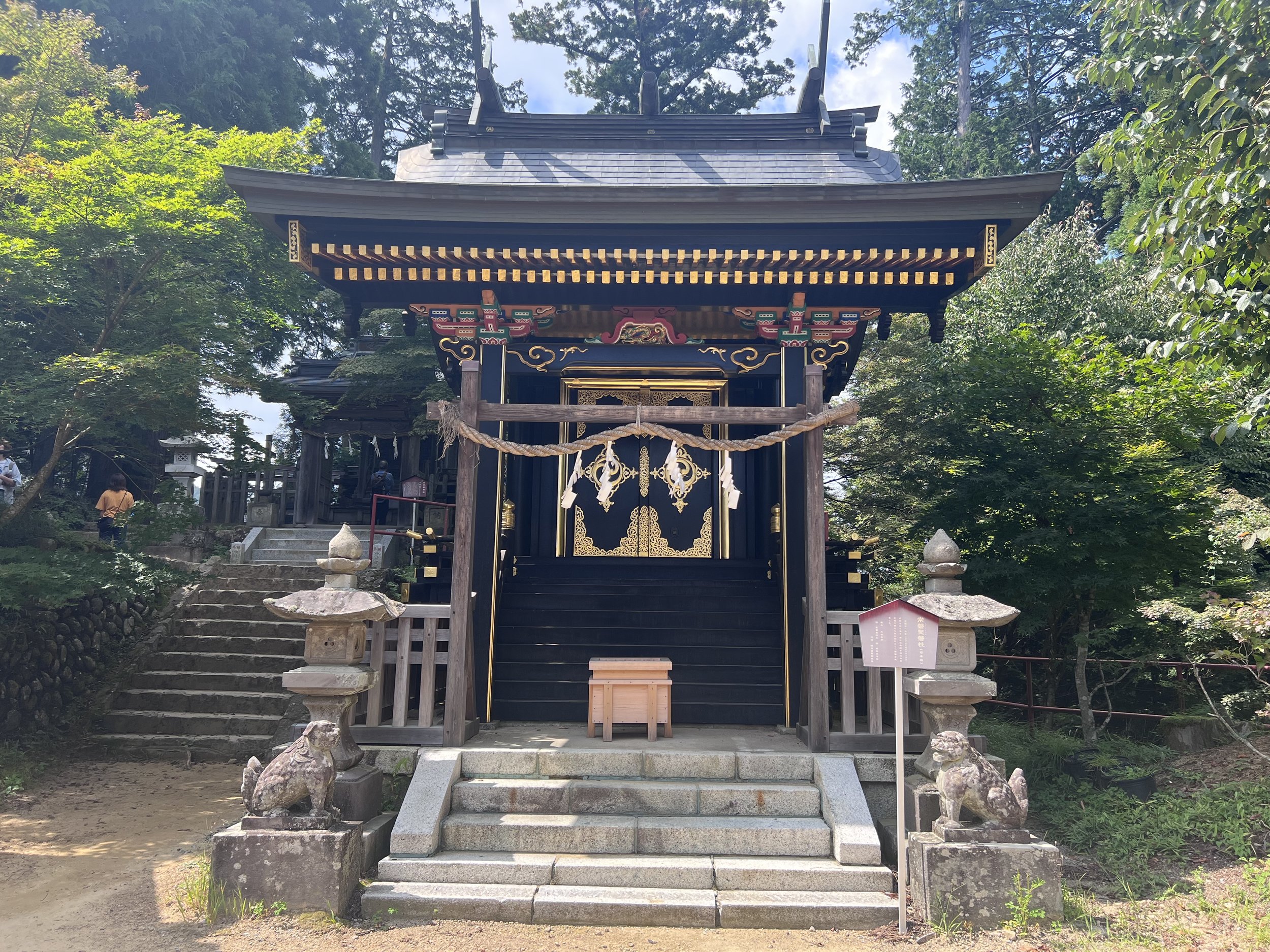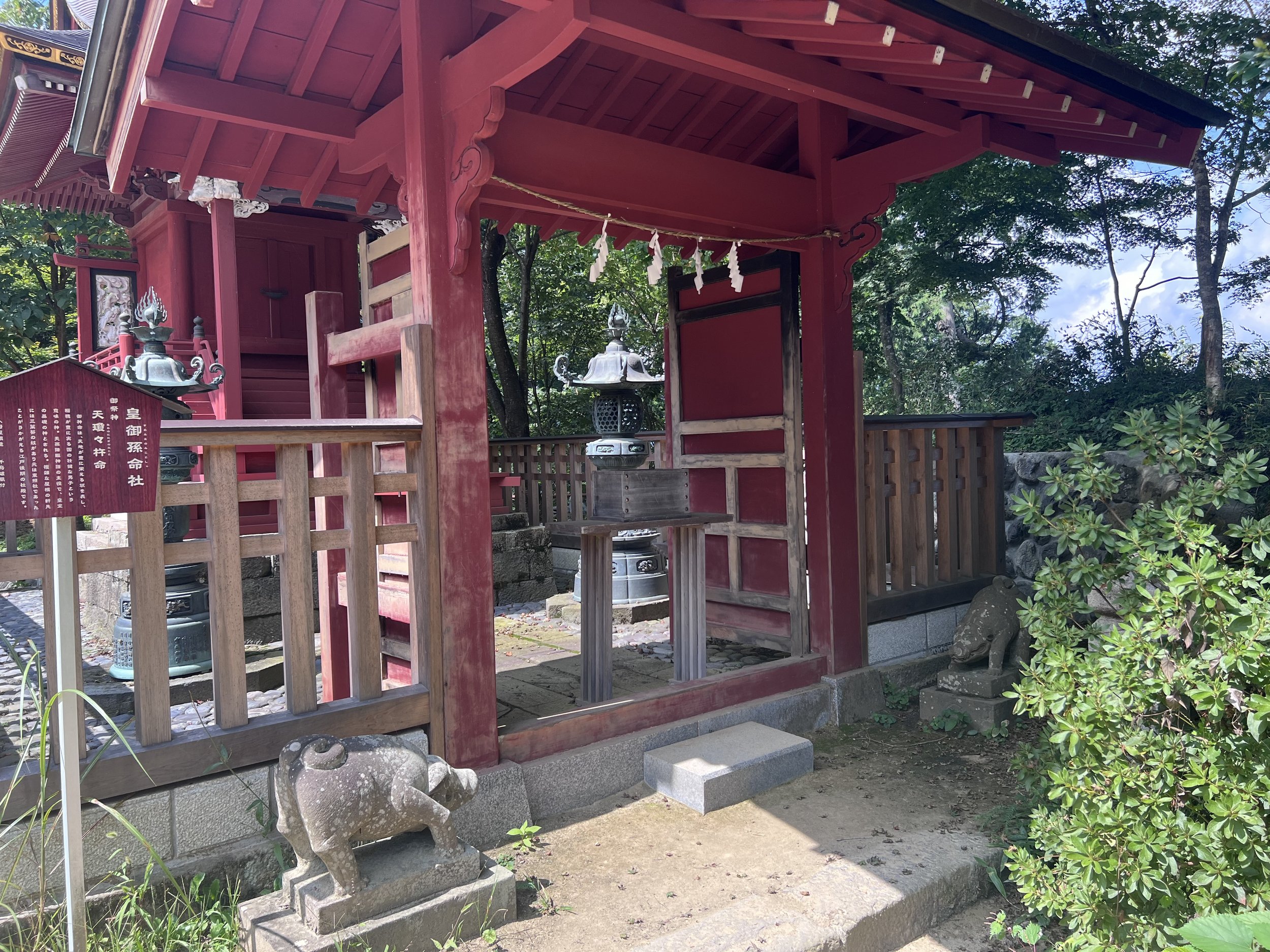Exploring Musashi Mitake Shrine
Perched atop the 929-meter-high Mount Mitake in Tokyo's Ome City, Musashi Mitake Shrine is a revered Shinto sanctuary with a history spanning over two millennia. The shrine complex offers visitors a blend of spiritual significance, architectural beauty, and natural splendor.
The Approach: Ascending to the Sacred Summit
Accessing Musashi Mitake Shrine involves a scenic journey:
Cable Car Ride: From Takimoto Station, a cable car ascends to Mitakesan Station, offering panoramic views of the surrounding landscapes.
Pilgrimage Path: A 30-minute walk from Mitakesan Station leads through Mitake village, characterized by traditional houses and shukubo lodges that once accommodated pilgrims.
The Shrine Grounds: A Blend of Tradition and Nature
Upon reaching the shrine, visitors encounter:
Main Torii Gate: This grand entrance marks the transition from the secular to the sacred, inviting visitors into the shrine's tranquil environment.
Zuishinmon Gate: Beyond the torii, this gate stands as a guardian of the sacred precincts, adorned with intricate carvings that reflect traditional craftsmanship.
Stone Steps: Approximately 250 stone steps lead to the main sanctuary, flanked by commemorative stone monuments and lanterns that narrate the shrine's rich history.
The Main Sanctuary: Architectural Elegance
At the summit, the main sanctuary showcases:
Honden (Main Hall): Built in the Shinmei-zukuri architectural style, this hall enshrines the deity and serves as the focal point for worship.
Haiden (Worship Hall): Constructed in the Gongen-zukuri style, this hall allows devotees to offer prayers and participate in rituals.
Sub-Shrines and Sacred Sites: Exploring Further
The shrine complex includes several notable sub-shrines and sacred sites:
Treasure Hall (Houmotsuden): This repository houses national treasures, including the "Akaito Odoshi Oyoroi" armor, and other significant cultural artifacts.
Former Main Shrine (Jouban Katabansha Shaden): Dating back to 1511, this structure is recognized as a Tangible Cultural Property by the Tokyo Metropolitan Government.
Okumiya Haruwari-sho: Located behind the main sanctuary, this inner shrine offers a secluded space for deeper spiritual reflection.
The Sacred Wolf: Guardian of the Shrine
A unique aspect of Musashi Mitake Shrine is the veneration of the wolf as a guardian deity, known as "Oinu-sama." Legend holds that a white wolf guided the hero Yamato Takeru through the mountains, leading to its deification. Today, many visitors bring their dogs to the shrine, seeking blessings for their pets' health and protection.
Visiting Tips: Making the Most of Your Journey
Best Time to Visit: While the shrine is accessible year-round, visiting during weekdays can offer a more serene experience, as weekends tend to be busier with hikers and pilgrims.
Amenities: Facilities such as bathrooms and an information center are available near Mitakesan Station, providing maps and brochures to enhance your visit.
Dining Options: Along the approach to the shrine, several restaurants and teahouses offer local delicacies, including soba noodles and traditional sweets, allowing visitors to savor regional flavors.
http://musashimitakejinja.jp/homotsu_multilingual/en/en-top.html






